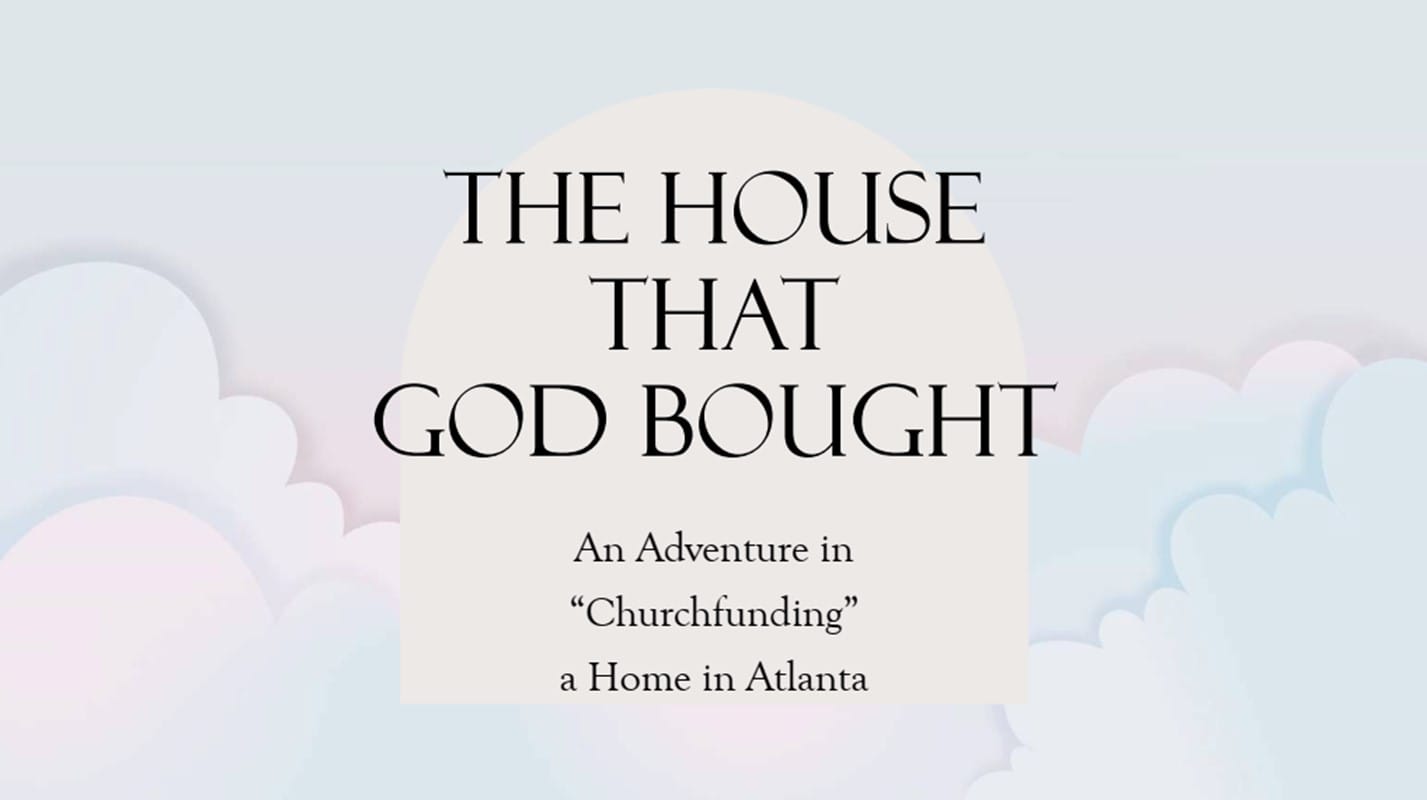If you use the Christian Light Publications materials for Sunday School, you will be studying Matthew for March and April. This is a bit last-minute and I’ll need to be brief, but I thought I’d share a few suggested resources. If you have other resources, feel free to share them in the comments below.
Commentaries
My favorite Matthew commentary is the [amazon text=big one by R.T. France&asin=080282501X] in the New International Commentary on the New Testament series, widely considered a “must-buy.” It was written when he was an older man, so it has a maturity and wisdom that some commentaries lack. It is based on the best scholarship, but it is not hard to read. France’s method as he wrote this commentary was to simply read Matthew and write commentary. Only after this did he check to see what other commentators have written and what he previously wrote in his earlier, shorter Matthew commentary. So this is a commentary on Matthew, not a commentary on commentaries! Some readers don’t like France’s take on Matthew 24 (he emphasizes how part of the chapter was fulfilled in A.D. 70), but (a) I think he get’s it right and (b) we’re not studying that chapter this go around, anyway. I haven’t read this commentary through, but the parts I’ve read have been consistently insightful.
If you don’t want to invest in France’s 1169-page volume, here are a few others that would be helpful for most Sunday School teachers:
- [amazon text=Michael J. Wilkins&asin=0310493102] (NIV Application Commentary, 1008 pages, with many of those pages focusing on application)
- [amazon text=Craig L. Blomberg&asin=0805401229] (New American Commentary, 464 pages)
- [amazon text=R.T. France&asin=0830842314] (Tyndale New Testament Commentaries, 422 pages)
Other Suggestions
- Lesson 1 is about the Sabbath (Matthew 12). I am pleased to see the commentary recognizes that Christians are not required to observe the Jewish Sabbath, and that we are not judged on whether we keep holy days (Col. 2:16-17). I affirm that we were designed to experience regular times of rest (some of us need the reminder), but a proper understanding of the Sabbath’s fulfillment in Christ, both now and in the future (see also Heb. 4), should prevent us from setting rules for others about holy days. For more help on how such things changed with the coming of the new covenant, see “The Law of Moses and the Christian” by Dorsey on this page (also Moo’s essays), and the “New Covenant Theology” talks by Steve Atkerson of New Testament Reformation Fellowship on this page.
- Lesson 3 is on the relationship between tradition and the word of God (Matthew 15). I once preached a sermon on Mark 7, a parallel passage. You can find my Scripture outline for Mark 7 here, and you can find my (slightly modified) sermon notes here. My sermon notes include a lot of rather pointed (some of you might think too pointed!) application questions to help us sense the force of Jesus’ words to the Pharisees.
- Lesson 6 is on Jesus’ resurrection (Matthew 27-28). While his book does not deal directly with this Scripture text very much, I cannot help but mention [amazon text=Surprised by Hope&asin=0061551821] by N.T. Wright. If you are like me, you will disagree on some secondary points but walk away truly surprised anew by the hope provided by Jesus’ resurrection!
- Lesson 7 is on the permanence of marriage (Matthew 5 and 19). I don’t feel well qualified to give recommendations on resources for this topic, so I’ll just mention some of the resources that are on my want-to-read list. Some conservative Anabaptists have found [amazon text=Jesus and Divorce&asin=1608992403] (Wenham and Heth) helpful. Here is a booklet by Clair Martin that the Biblical Mennonite Alliance published on the topic. Here is an online book by H. Van Dyck Parunak that takes a conservative position on most questions. Here is a booklet by Finny Kuruvilla about the question of remarriage after divorce. The most influential scholar on this subject in the evangelical world is [amazon text=Instone-Brewer&asin=0802849431], who mentions a [amazon text=book by Andrew Cornes&asin=1857927567] as being “the best presentation” of the opposing conservative viewpoint. Divorce and remarriage involves complex exegetical and pastoral questions, and we will not serve people well with poorly thought-out answers or approaches that avoid the Scripture passages that raise the hardest questions. (I do not say this from a desire to be critical, for I still do not have solid answers for all my own questions.)
- Lesson 8 is a parable (Matthew 20). You might want to add a book on parables to your library, such as [amazon text=Interpreting the Parables&asin=0830839674] by Craig L. Blomberg (463 pages) or [amazon text=The Parables of Jesus&asin=0830812865] by David Wenham (256 pages). For detailed scholarship look for Klyne R. Snodgrass, and for fascinating cultural insights see Kenneth E. Bailey–best compared with a more traditional commentary. (Note: I own Snodgrass and Bailey, have enjoyed other works by Blomberg, and see Wenham is recommended by a trusted source.)
Since I’m a bookish sort of fellow, a lot of the above recommendations are books. Don’t buy them all at once. 🙂 But do consider buying one or two that are likely to serve you well for years to come. A good book is a wise investment, especially when that good book is a book that helps you understand the Best Book.
What other resources would you suggest for studying and teaching Matthew? Share them with other readers in the comments below. Thanks!


